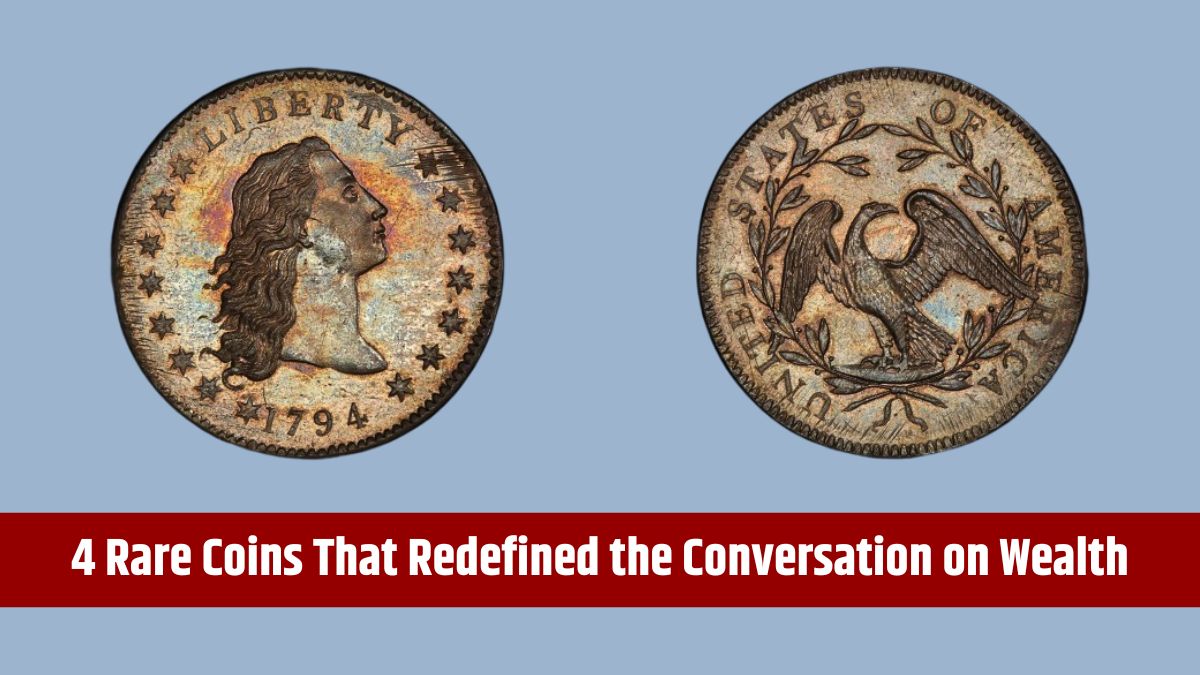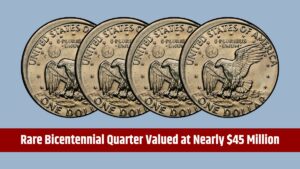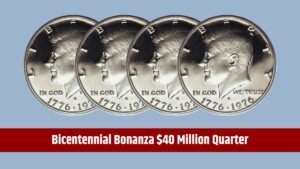Rare coins have always been more than just currency. They serve as windows into history, capturing moments of cultural, economic, and political significance. For collectors, investors, and historians alike, rare coins are treasures that combine monetary value with historical narratives. Here are four pivotal instances where rare coins reshaped discussions about wealth and solidified their status as financial assets.
1933 Double Eagle
The 1933 Saint-Gaudens Double Eagle holds a legendary place in U.S. history. Minted during the Great Depression, this $20 gold coin was almost entirely melted down after President Franklin D. Roosevelt banned gold ownership to stabilize the economy. Only a few coins survived, making them exceptionally rare.
- A Historic Sale: In 2002, one of these coins sold for $7.59 million, breaking auction records at the time.
- Cultural Shift: This sale highlighted that a coin’s value extends far beyond its gold content. It underscored the power of historical significance, rarity, and the mystery behind its survival.
- Media Spotlight: The Double Eagle brought coin collecting into mainstream conversations, proving that rare coins are both cultural artifacts and viable investment vehicles.
Brasher Doubloon
Minted privately in 1787 by goldsmith Ephraim Brasher, the Brasher Doubloon is a symbol of early American financial independence. Bearing Brasher’s “EB” hallmark, it represents a post-Revolutionary era’s entrepreneurial spirit.
- Breaking Records: In 2021, a Brasher Doubloon sold for $9.36 million, marking a new milestone in coin auctions.
- Wealth Diversification: This record-breaking sale showed that rare coins could rival traditional investments like stocks or real estate, making them a compelling option for wealth preservation.
- Economic Hedge: During uncertain times, the Brasher Doubloon’s rising value reinforced the role of tangible assets, such as coins, in protecting against inflation.
1794 Flowing Hair Dollar
The 1794 Flowing Hair Silver Dollar is believed to be among the first silver dollars minted in the U.S., symbolizing the birth of the nation’s currency. Featuring Lady Liberty and a bald eagle, its design represents American ideals.
- Historic Sale: In 2013, this coin sold for $10 million, becoming the most expensive coin ever at that time.
- Cultural Value: Its price emphasized the willingness of collectors and investors to pay for historical artifacts that connect to national heritage.
- Broader Conversations: This milestone blurred the lines between history, art, and financial investment, showcasing coins as cultural and economic treasures.
Liberty Head Nickel
The 1913 Liberty Head Nickel, shrouded in mystery, is one of the rarest U.S. coins, with only five known to exist. Its scarcity and backstory have fueled fascination for decades.
- Milestone Moment: In 1996, one of these nickels became the first coin to sell for $1 million.
- Media Attention: This groundbreaking sale captured public interest, proving that even a small coin could hold immense value, akin to luxury real estate or sports cars.
- Shaping Perceptions: The event reinforced the idea that rarity and intrigue play significant roles in determining the worth of collectibles.
These iconic moments in numismatics highlight how rare coins are more than just collectibles—they are investments, historical artifacts, and symbols of cultural heritage. As coins continue to break auction records and inspire conversations, they solidify their place in the intersection of wealth, history, and art.
FAQs
Why is the 1933 Double Eagle so valuable?
Its rarity and historical significance drive its value.
How much did the Brasher Doubloon sell for?
It sold for $9.36 million in 2021.
What makes the 1794 Flowing Hair Dollar special?
It’s one of the first U.S. silver dollars ever minted.
How rare is the 1913 Liberty Head Nickel?
Only five are known to exist.
Are rare coins good investments?
Yes, they can diversify wealth and hedge against inflation.



